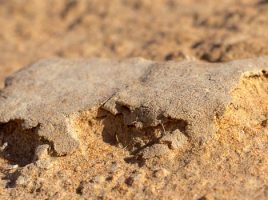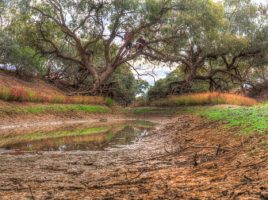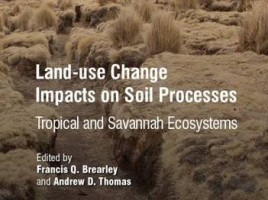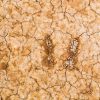
Biological soil crusts: spatio-temporal development and ecological functions of soil surface microbial communities across different scales
Editorial for a special issue on Biocrusts in Frontiers in Microbiology can be found here. The special issue consists of 25 articles which can be downloaded as an e-book here. The remit for submissions is reproduced below: Biological soil crusts (biocrusts) are widely distributed throughout the world, and cover approximately …











